By Graham Healy
A number of editions of Monuments have gone down in history as epic races due to the conditions that they were run off in. The riders at the 1980 Liège–Bastogne–Liège faced blizzards with only 21 making it to the finish. The 1994 edition of Paris-Roubaix is also well remembered for the muddy conditions the riders endured, resulting in numerous crashes and punctures. More recently, the 2013 Milan-San Remo was also affected by snowfall.
Arguably, the hardest of all Spring classics was the 1910 Milan-San Remo. Only four riders would make it to the finish, with hours separating the finishers, and the winner Eugène Christophe spending a month in hospital recovering.
63 riders set off from Milan early on the 3rd of April with reports already coming back during the early stages of the race of snow on the Turchino Pass, and this resulted in some riders deciding to turn for home.
“The roads were muddy and frozen and we had to bounce along in the ruts, riding on the verges between the posts that were spaced every 20 metres as far as Pavia,” Christophe described afterwards.
“We go to the notorious Col de Turchino. The clouds were low, the countryside was unattractive and we started to feel the cold more and more. We started to shiver and every turn of the pedals was heavier. The half-melted snow made the race very hard and we were struggling too with a glacial wind. I dropped my friend Ernest Paul to get up to Ganna, whom I could see on the hairpins.”
However, Christophe was really starting to struggle in the conditions and it was affecting his circulation.
“Not far from the summit I had to get off my bike because I started feeling bad,” Christophe said. “My fingers were rigid, my feet numb, my legs stiff and I was shaking continuously. I began walking and running to get my circulation back, looking at the countryside. It was bleak and the wind made a low moaning noise. I’d have felt scared if I hadn’t been used to bad weather in cyclo-crosses.”
At the top of the Turchino, the 1908 winner Cyrille Van Hauwaert was in the lead, followed by Christophe in second, 10 minutes down. However, Van Hauwaert crashed on the snowy descent, and had to seek refuge in a cottage and, when warmed up, refused to continue his way.
Christophe struggled on though, despite suffering from stomach cramps and he even ended up collapsing.
“Then I had to stop with stomach cramp,” he explained. “Doubled up, one hand on my bike and the other on my stomach, I collapsed on to a rock on the left side of the road. I was bitter with cold. All I could do was move my head a little from left to right and right to left. I saw a little house not far away but I couldn’t get there. I didn’t realise just what danger I was in. I just had one thought: to get to San Remo first and I attached no importance to the pain I felt.”
Luckily for Christophe, he was found by a man passing by who took him into his house. As the Frenchman recovered, other riders came into the house to try and warm up. After recovering somewhat, Christophe decided to continue.
“I decided to press on,” he said. “And the innkeeper didn’t want to let me go. I had to trick him by saying I could meet someone who would get me to San Remo by train.”
Christophe went on to win the race, finishing in a time of 12 hours and 24 minutes, the slowest in history. The Italians Giovanni Cocchi and Giovanni Marchese were second and third over an hour down with Enrico Sala the fourth and last finisher at 2 hours six minutes behind Christophe.
After the race, Christophe was sent to hospital suffering from frostbite and other damage caused by the cold. He ended up spending a month in the hospital in San Remo recovering and it was said to have been another two years before he recovered to his original health.



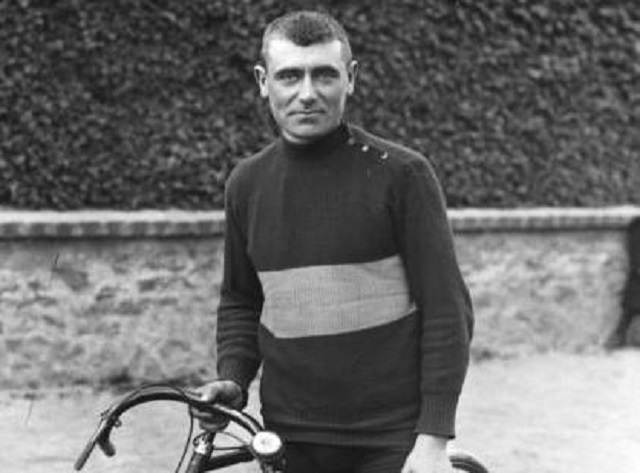


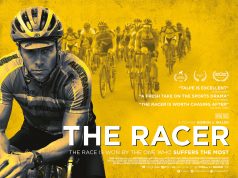
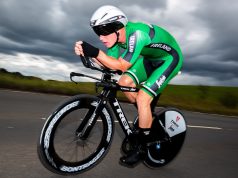
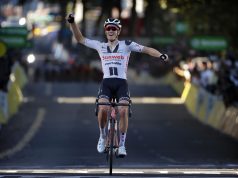
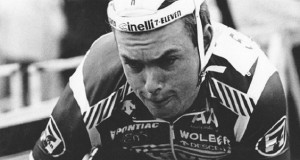
Justin Di Tommaso
couldnt’t have been that bad if he recovered..
There is is!
Mary Ruddock Doris Plaster